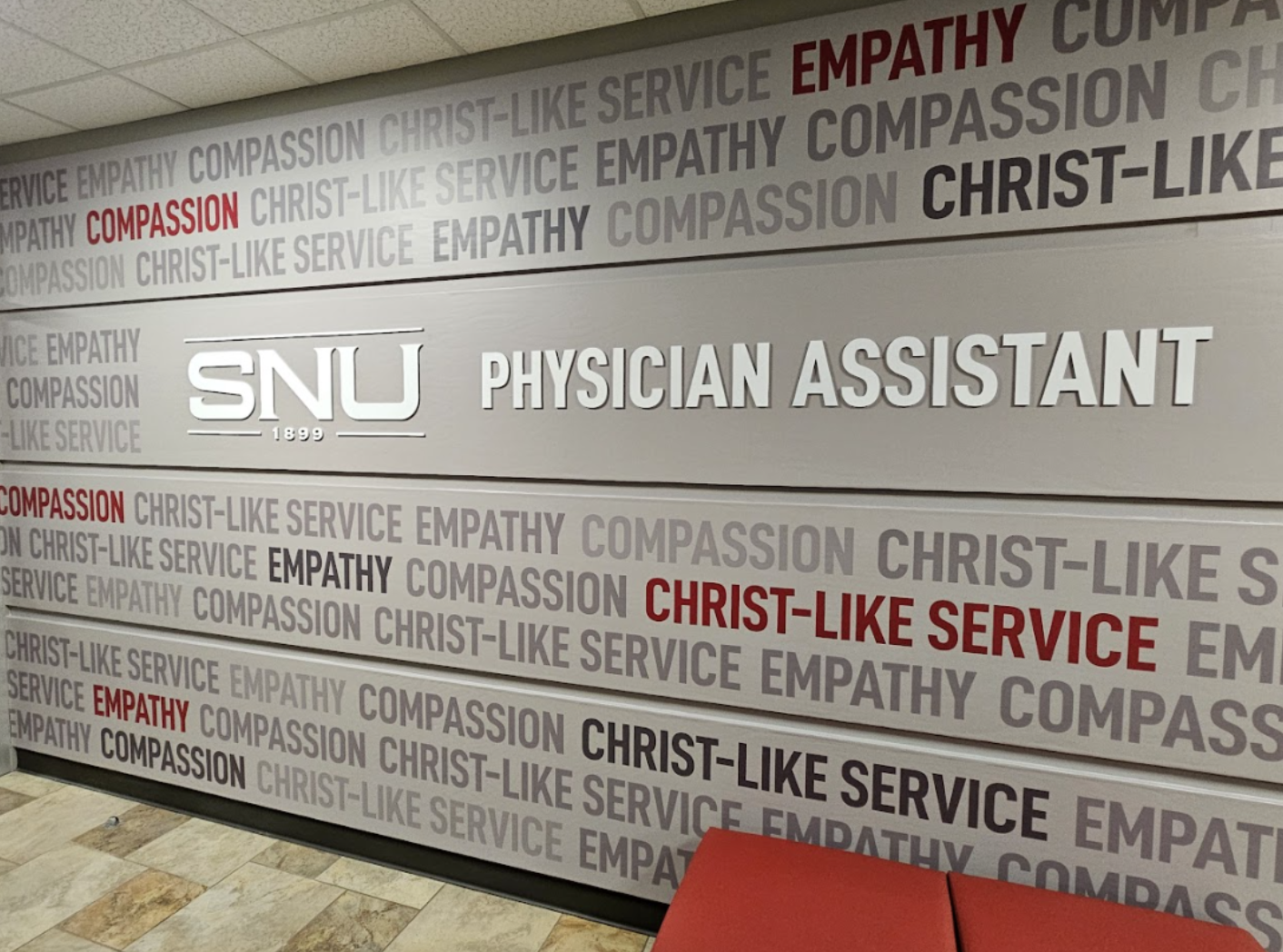
At the end of 2019, no one could have anticipated spending most of the year wearing masks or face shields, fighting to get toilet paper, hoarding hand sanitizer, and avoiding contact with others as much as possible. 2020 fundamentally shifted so much of what we take for granted.
Students long accustomed to in-person learning were suddenly thrown into distance-based classrooms. Workers sighed in frustration as entire days were consumed with endless Zoom meetings. And many organizations struggled with discerning which operations could shift to online or remote services.
With so little time for preparation, the results of this sudden change were mixed. This reveals a dire need for businesses, governments, schools, and other organizations to develop contingency plans when in-person attendance is no longer possible. A career in instructional design prepares you to help organizations adapt to shifting norms and objectives. The pandemic has made these careers more appealing than ever and has driven a sudden boom in demand for instructional design experts.
The Instructional Design Challenges of the Pandemic
When discussing how the pandemic demonstrated a greater need for instructional designers, it’s hard to not immediately turn our attention to the education industry—while millions of students have used virtual learning with great success, suddenly millions more were thrown into virtual classrooms with no preparation, weak technology, and poorly prepared instructors. The results were predictable: bored students, exhausted parents, and college students quickly losing touch with their coursework and instructors. It’s made it difficult for even the most committed students to sustain their commitment to learning.
Online learning can work exceptionally well. So too can alternative classrooms like outdoor learning centers, hybrid models, or staggered asynchronous instruction. To make these models work, though, a crisis approach just won’t work. Online education requires much more than just putting a teacher in front of a Zoom camera and hoping for the best. The right program can adapt to students’ changing needs, whether they're facing a global pandemic, learning remotely while ill, accessing college from across the globe, or choosing an online degree program for added flexibility.
The challenges presented by the pandemic extend well beyond the bounds of classroom instruction though. Millions of workers also made the transition from in-office to home and struggled with how to balance constant Zoom meetings with mounting responsibilities. Employers weren’t certain how to monitor their workers from a distance. Virtual events and employee development sessions became the new norm. And medical offices, governments, and other institutions are now making difficult calls about which functions can move online.
Some of the many instructional design challenges that the pandemic has presented are important to address even after the COVID-19 crisis dies down. They include:
- How can teachers make online learning engaging for students?
- Is there a way to use online communication to mimic a real workplace and foster friendship and teamwork?
- Are there ways to incorporate reasonable disability accommodations into online models?
- How can online learning promote communication and social skills?
- How can instructors and managers command authority remotely?
- What are the best strategies for overcoming technological issues like slow connections or weak technical skills?
- Which courses and learning models are most amenable to online learning?
- How might workplace or educational norms need to shift when an organization shifts to an online model?
- Which functions of an organization will most easily move online?
- What can organizations do to make the transition to online models less difficult?
- How can schools make online learning truly independent, with no need to rely on proctoring from parents?
The Role of Instructional Designers in Addressing Pandemic-Related Challenges
Instructional designers know that there is a design solution for most organizational challenges. For example, making videos accessible to low-hearing students and workers requires only adding captions, while low-sight children need accommodations to ensure screen readers can interpret images and graphics.
A career in instructional design requires expertise in design and education. There are plenty of roles available. You might become an online curriculum specialist for a local school system, help a college transition to online learning, or audit a corporation’s employee development program. Some questions you might ask include:
- What unmet needs do people using this technology have?
- Has the technology created any new issues, and if so, how can those be resolved?
- What does this organization need most, and how can the right instructional design help them meet that need?
- What are the barriers people face to using this technology, and how can we overcome those barriers?
- What skills do students need to use this technology? Is there a way to reduce the number of skills required to use this technology?
- Is this program the right option for the number of people who will use it? A chat function might work well for five people, for example, but not 500.
The Future of Careers in Instructional Design
If you’re considering a career switch, put instructional design near the top of your list—particularly if you’re already an educator or interested in how design influences learning. In 2019, the Bureau of Labor Statistics estimated that instructional coordinators, one type of instructional design career, would see 6 percent career growth by 2029. That’s already a higher rate of growth than average. But that was before the pandemic. Now that organizations across the globe have seen the importance of remote contact, growth will likely increase. The pandemic is just one of many crises that today’s learners face. Instructional designers play a key role in both predicting and preparing for whatever comes next.
Reasons to Consider a Career in Instructional Design
So why should you consider a career in instructional design? Here are just a few key benefits to this sort of job:
- You’ll help students learn more effectively within the constraints they face. This can ensure that pandemics, geographic displacement, illness, and other issues do not affect the long-term futures of today’s learners.
- You’ll make it easier for workers to transition to working from home.
- You can help slow the spread of illness by offering a program that incentivizes organizations to move people home.
- Earnings are great. An instructional coordinator in 2019 had mean annual earnings of $66,290 per year. Depending on where you work and how much experience you have, your earnings can grow much higher.
- You’ll have great job flexibility. Institutions across the nation are hiring instructional designers. Some instructional designers also run consulting companies, giving them complete control over their working lives and environments.
- You’ll devise solutions that affect people’s daily quality of life.
Getting Started with SNU
SNU’s master of science in instructional design & technology is the perfect degree program for busy adults who want to prepare educational systems for the next crisis. Completing the program is easier than you think. Consider these stats:
- Each course is six weeks long, and you’ll never focus on more than one at a time.
- There are two start dates per year, meaning you can apply whenever it’s most convenient for you.
- You can learn 100 percent online and graduate in as few as 16 months.
Experts in the field teach every class, educating you about theory and principle while helping you understand the real-world implications of various instructional design techniques. Some of the courses you’ll take include:
- Principles of Instructional Design
- Principles of Human Performance Technology
- Legal and Ethical Considerations
- New and Emerging Technologies
- Project Management and Leadership
- Learning Design Evaluation and Assessment
- Design Concepts and Application
- Advanced Instructional Design and Performance Technology
You’ll finish your degree with a three-hour capstone project class, during which you work with a real client to put all the information you've learned in school to work in the real world.
At SNU, we are committed to every student’s success. We design our graduate programs with busy professionals in mind. We set you up for success, help you with financial aid, and ensure you’re prepared for the working world from day one.
Many of our students worry about how finances might affect their ability to enroll or complete school. We believe that money should never be an impediment to a brighter future. To learn more about your financial aid options, download our free guide, The Complete Guide to Financial Aid.











